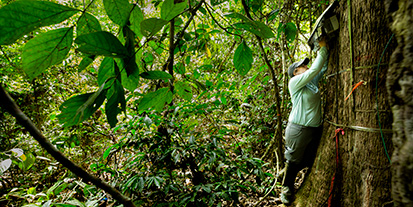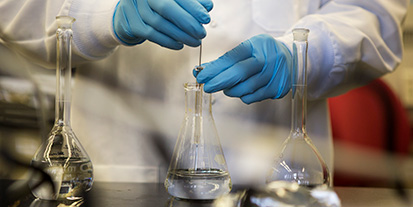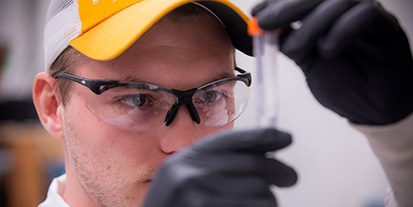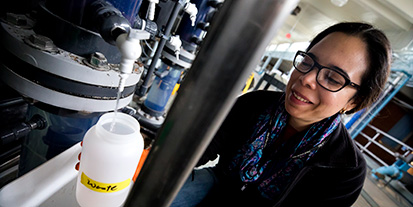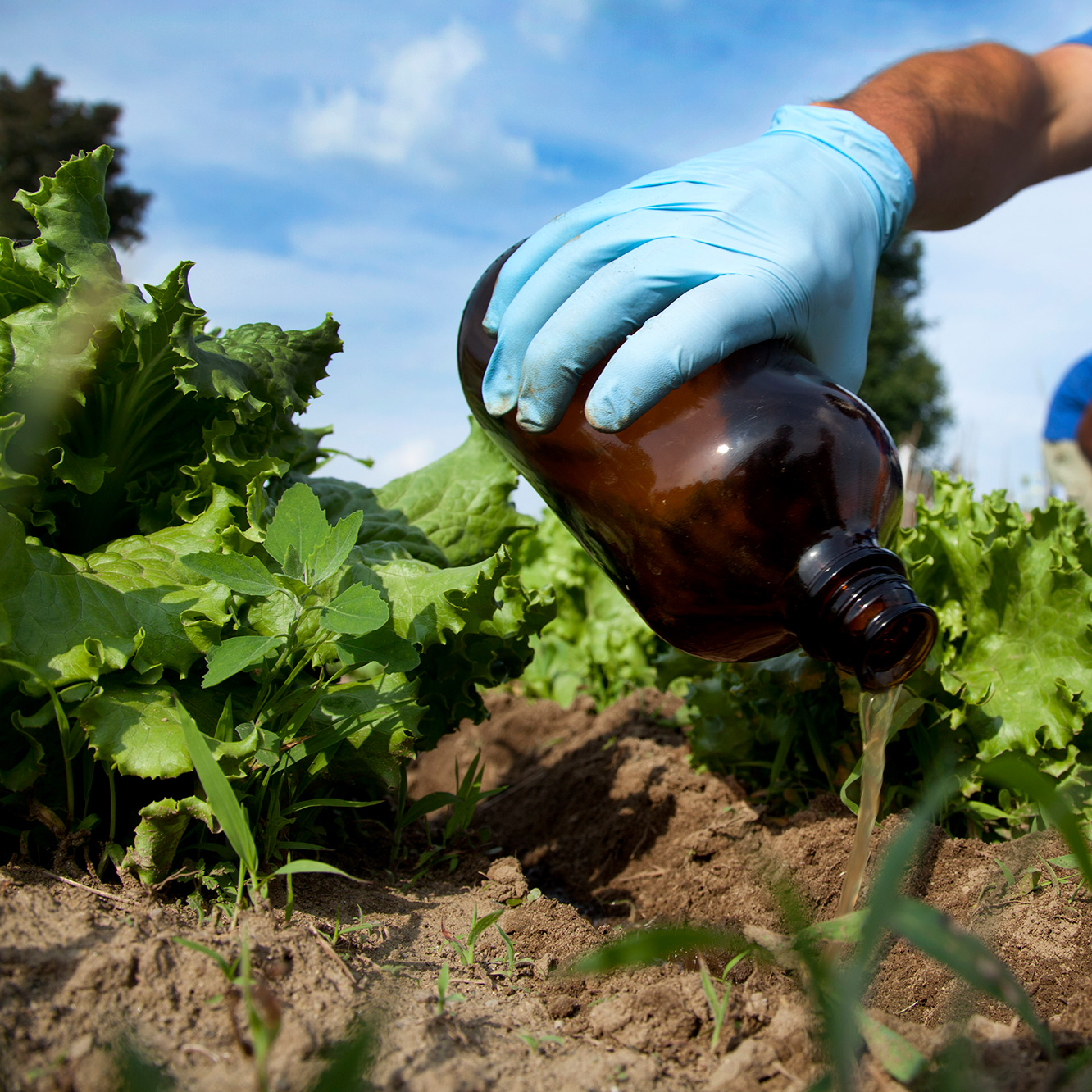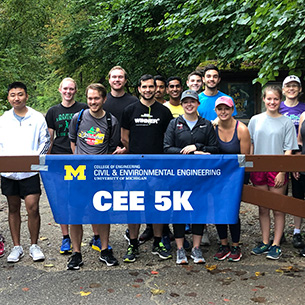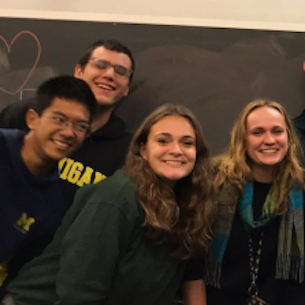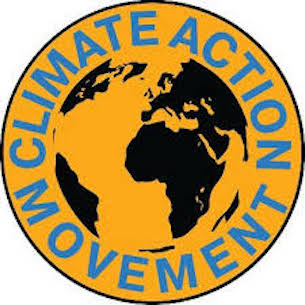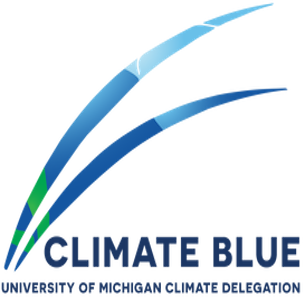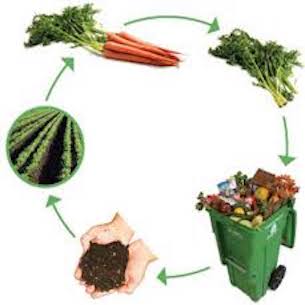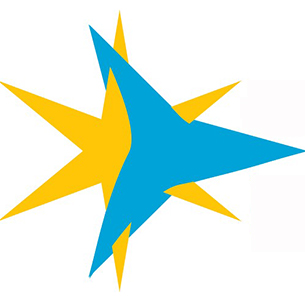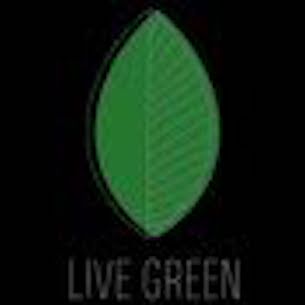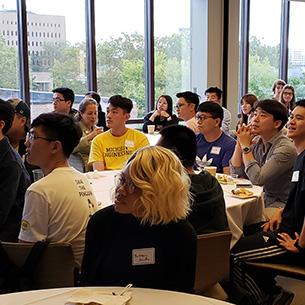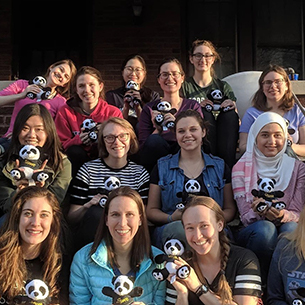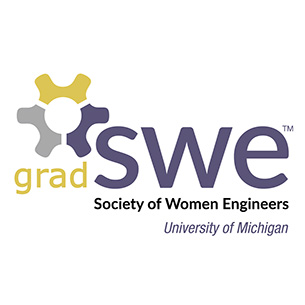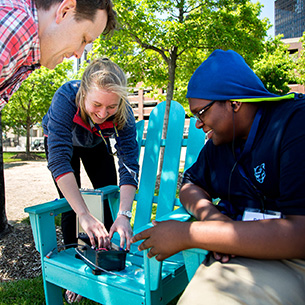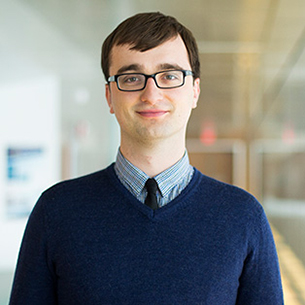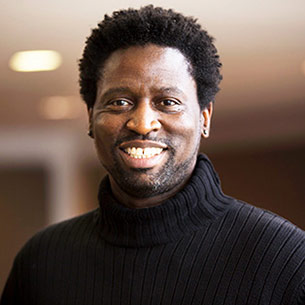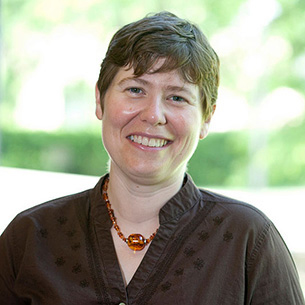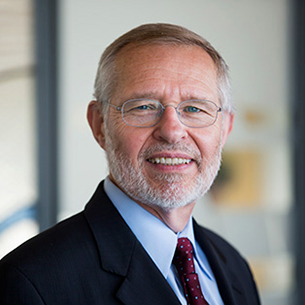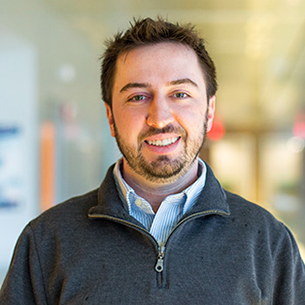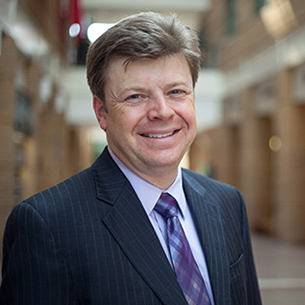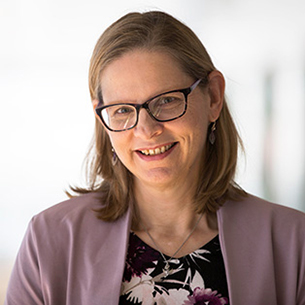By joining our top-ranked program, you will work with expert faculty who are leaders in their fields and collaborate with colleagues across the University on emerging topics related to ensuring public health, promoting sustainability, and addressing climate change. You will be part of our close-knit community working towards tackling urgent challenges facing our world.
Environmental Engineering MSE
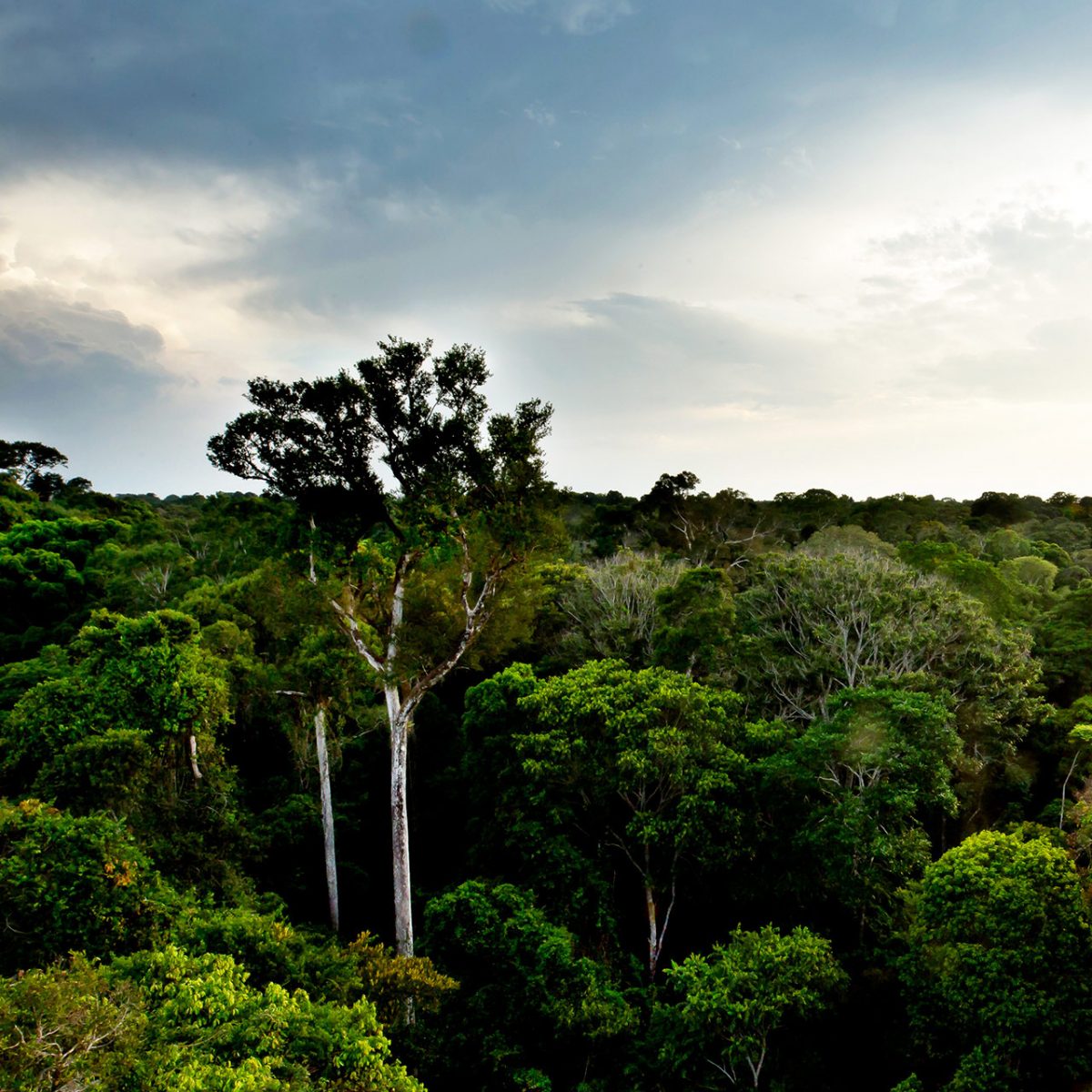
Contact Environmental Engineering Admissions
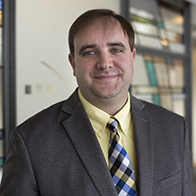
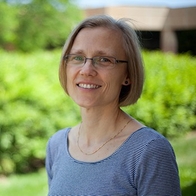
Lutgarde Raskin
Altarum/ERIM Russell O’Neal Professor and Vernon L. Snoeyink Distinguished University Professor
Civil & Environmental at Michigan Statistics
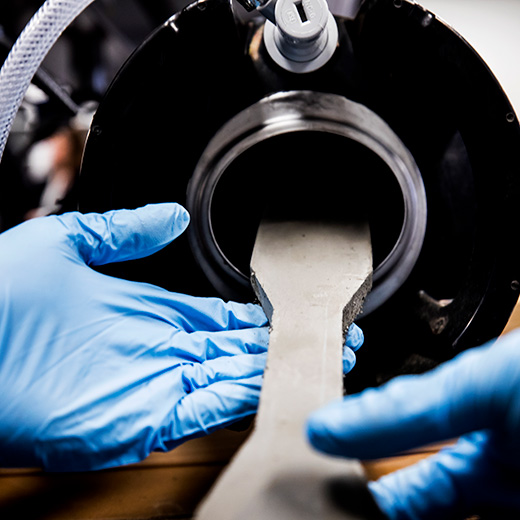
No. 2
in Environmental Engineering
5:1
student-to-faculty ratio
~100%
of department graduates employed directly out of school or pursue a higher education
185+
years as a department
$12.5M+
spent on research in 2022
39%
female
(CEE average, 2015-2019)
Why should you get your MSE degree in Environmental Engineering at Michigan?
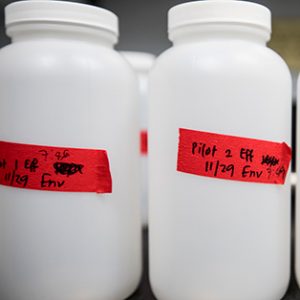
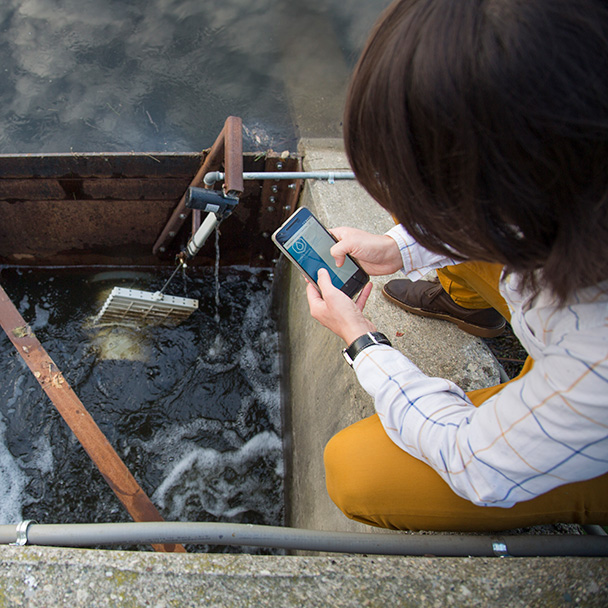
What can you do with an MSE in Environmental Engineering?
We use engineering principles combined with the natural sciences to solve environmental problems, helping society meet the challenges of limited global resources and human environmental impacts.
Whether it’s reducing the effects of pollution on our resources, treating and recycling wastewater to keep our lakes and oceans healthy, improving sustainability, or curbing air emissions to reduce climate change, we are here to make our planet greener.
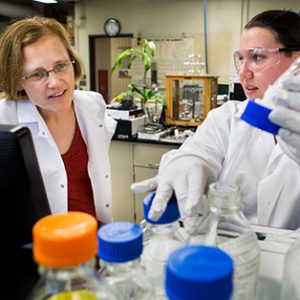
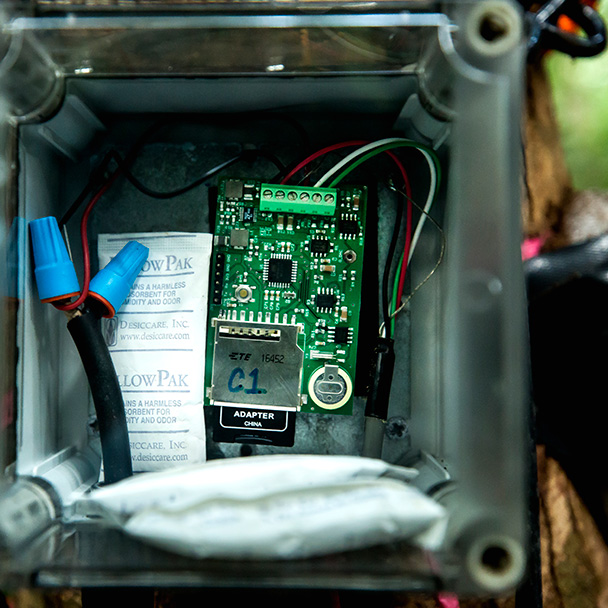
Major Areas of Study
The Environmental MSE spans four major areas of study:
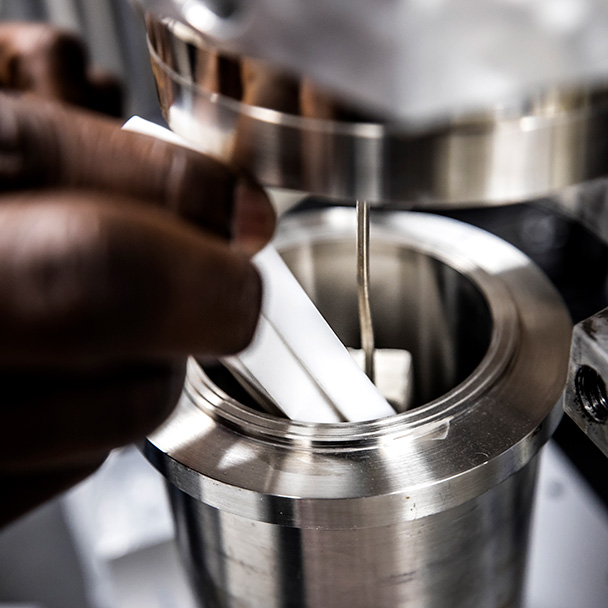
Courses Offered
Individualized plans of study will be developed by students in consultation with an advisor. The Bulletin provides course descriptions.

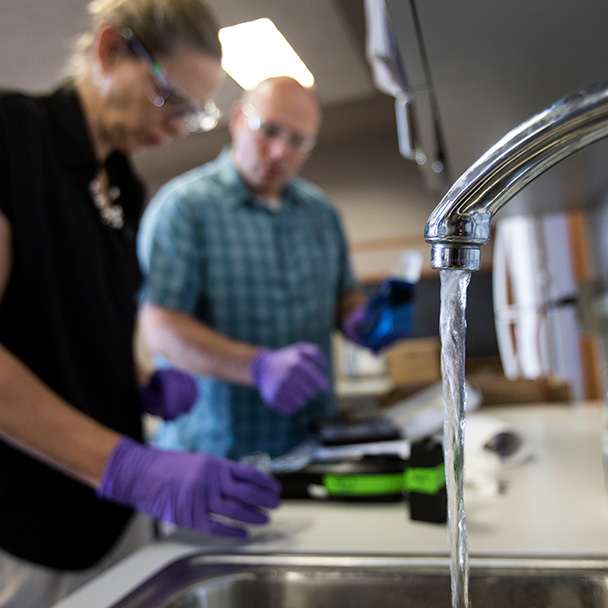
Sequential Undergraduate/Graduate Studies Program (SUGS)
Current University of Michigan engineering students can complete both your bachelor’s and master’s degrees in only five years with SUGS by taking some graduate-level classes during your undergraduate years, so you can save yourself one semester and complete a master’s with only two additional semesters.
Research Videos
Alumni Bios
Each of these alumni were once in your shoes, deciding on a master’s degree. Explore their educational path and how it set their life in motion.
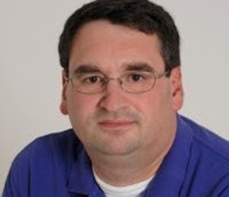
Adam Larky
MSE Environmental Engineering, 1994; MSE Engineering Management, 1999 (incomplete)
Energy Development Ltd
Senior Project Manager
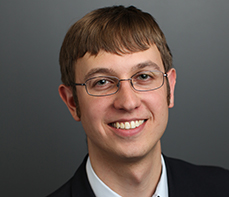
Bryan VanDuinen
MSE Environmental Engineering, 2012
Geosyntec Consultants
Project Engineer
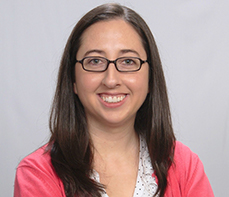
Lynn Williams Stephens
MSE Environmental Engineering, 2008
Brown and Caldwell
Principal Engineer
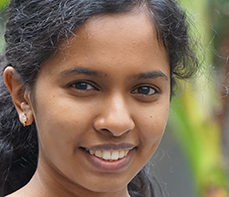
Vidhya Ramalingam
MSE Environmental Engineering, 2013
Michigan State University
Graduate Assistant, Ph.D. Candidate
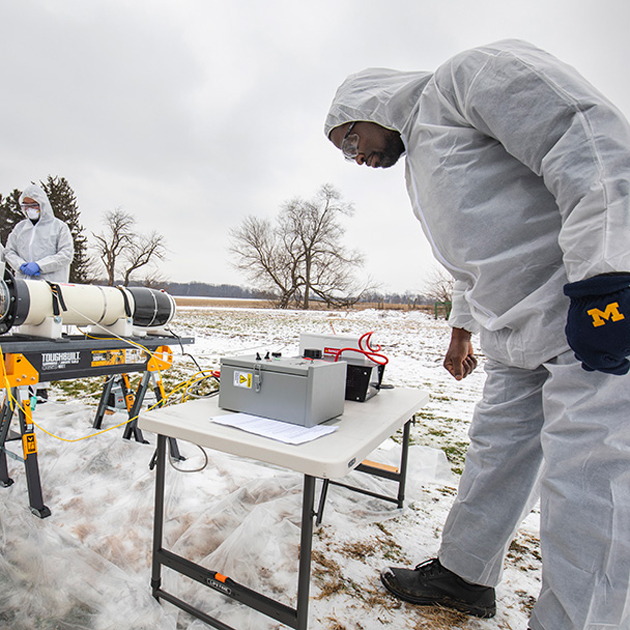
Industries & Occupations

- Design of Environmentally Sustainable Technological Solutions
- Environmental Clean-up
- Environmental Regulatory Compliance
- Federal Government
- Flood Control
- Human Public Health Engineering
- Pollution Control
- Resource Management
- Scientific Research
- Waste Management
- Wastewater Treatment
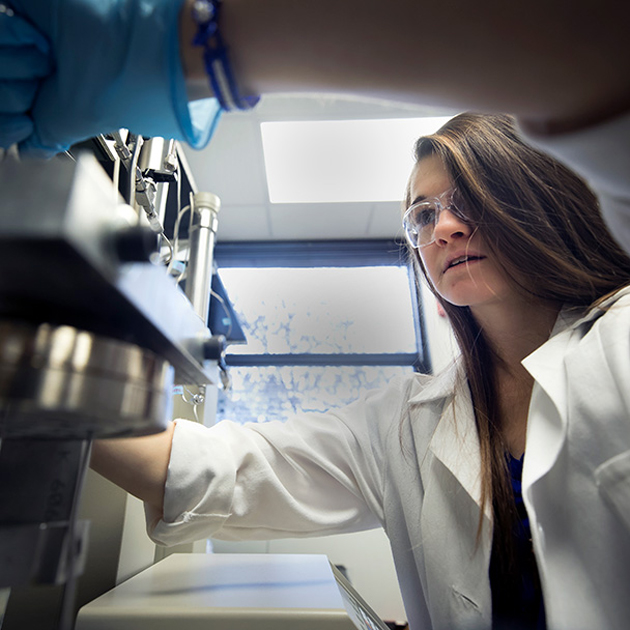
Companies

- AECOM Technology Corporation
- Arcadis
- Army Corps of Engineers
- Bureau of Reclamation
- CDM Smith
- CH2M Hill
- Cummins
- DTE
- Environmental Consulting and Technology
- Exxon-Mobil
- Ford
- General Motors
- Geosyntec
- HDR
- Jacobs Engineering Group
- LimnoTech
- Los Angeles County Water District
- National Oceanic and Atmospheric Administration (NOAA)
- Prein and Newhof
- Shell
- Smith Group
- Stantec
- Tetra Tech
- U.S. Environmental Protection Agency
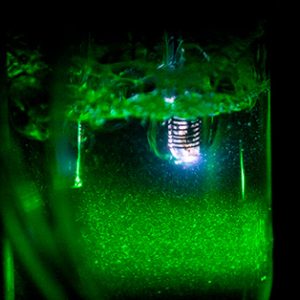
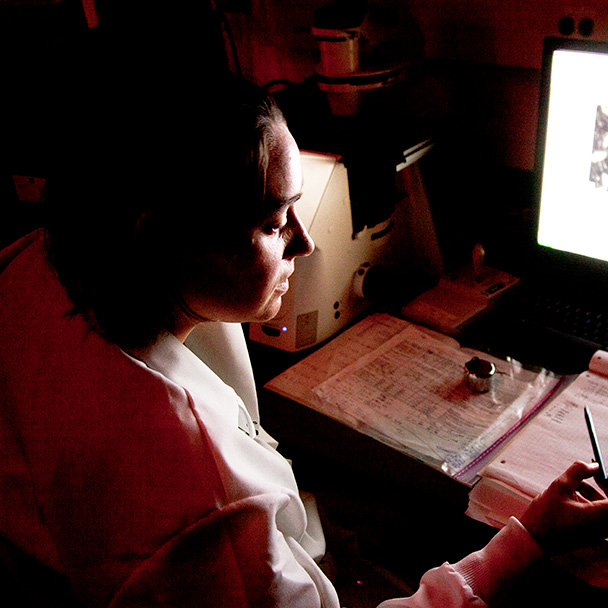
Salaries
Discover the value of a master’s degree!
On average, U-M graduates with a master’s degree in an engineering field can earn 15-25% more than those with a bachelor’s degree in engineering. Use the link below to research average salaries based on a U-M engineering master’s degree, experience level, and desired work location.
Learn More



